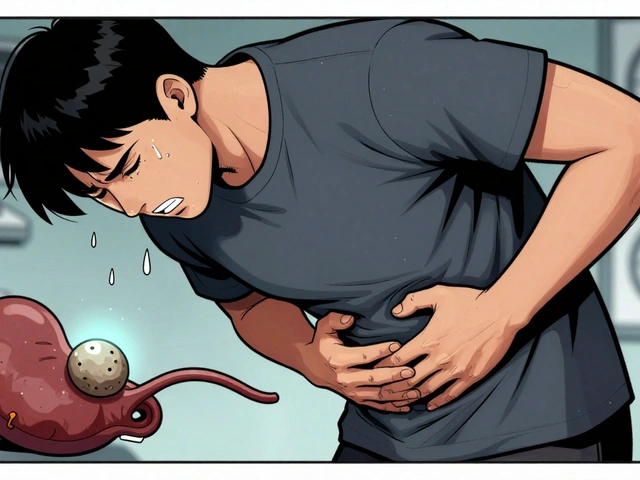Quick Reliever Inhaler: How It Works and What You Need to Know
When your chest tightens up out of nowhere, a quick reliever inhaler, a fast-acting device that opens airways during sudden breathing trouble. Also known as a rescue inhaler, it’s the first thing you reach for when asthma or COPD flares up. It’s not meant for daily use — it’s your emergency tool. Think of it like a fire extinguisher: you don’t use it every day, but you need it to be right there when things go wrong.
Most quick reliever inhalers contain albuterol, a short-acting beta agonist that relaxes the muscles around your airways within minutes. The generic version, salbutamol, is chemically identical and works the same way. These drugs are called bronchodilators because they literally widen your breathing tubes. They don’t reduce swelling or inflammation — that’s what your daily controller inhaler is for. If you’re using your quick reliever more than twice a week, your asthma isn’t under control, and you need to talk to your doctor.
People often mix up quick relievers with long-term control inhalers. A quick reliever gives you relief in seconds, but it lasts only 4 to 6 hours. If you’re relying on it all day, every day, you’re treating the symptom, not the cause. That’s like putting tape over a leaky pipe instead of fixing the pipe. Your body can also get used to overuse — the inhaler stops working as well, and you might end up in the ER. That’s why knowing the difference matters.
You’ll find these inhalers in almost every asthma-related post on this site — from comparisons between Levolin and other bronchodilators to how humidity affects breathing. The same drugs show up in discussions about medication-induced lactic acidosis, where albuterol can play a role. And while some people turn to natural remedies for lung health, nothing replaces a properly used quick reliever when your airways are shutting down.
What you’ll find below are real, practical posts that break down how these inhalers compare, what they can and can’t do, and how to use them safely. Some dive into the science behind the drugs. Others show you how to spot when you’re using them too much — or when you need something stronger. No fluff. Just what you need to breathe easier, today and every day.






